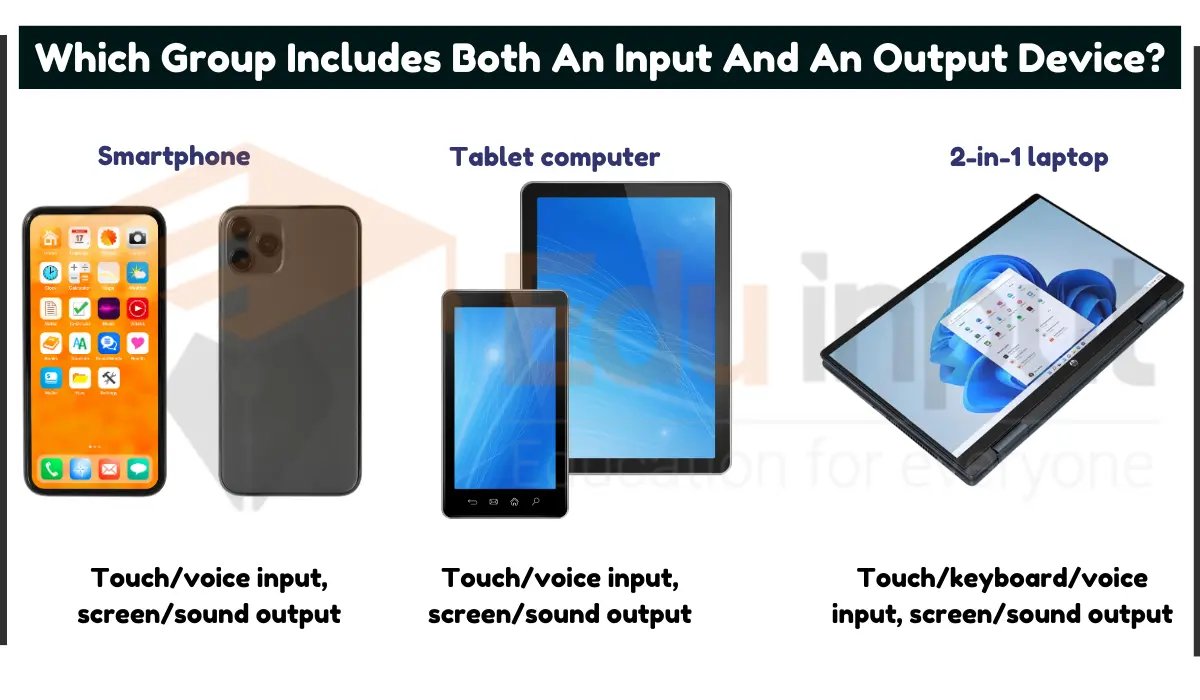The Computer System-SDLS and its Phases
A set of related devices that work together to perform a specific function. The system uses many processes to carry out various duties. A series of actions carried out in a regular and predetermined sequence to complete a task constitutes a procedure.
Components of Computer System
The information system has different components
Software
Programs that control the hardware and allow users to interact with the system are called software.
Hardware
Computer Hardware refers to the physical parts of a computer system including the central processing unit (CPU), memory, hard disk drives, optical drives, monitors, printers, keyboards, mice, network cards, modems, speakers, power supplies, cables, and cases.
People/ Users
The user/ People is the person who uses the system. A user may use the computer for personal purposes or work-related activities.
Data/ Information
Data and information stored on the computer. Data includes text documents, spreadsheets, databases, images, videos, audio files, etc.
Communication setup
Communication setup refers to how users communicate with each other over the system. There are two types of communication setups: local area network (LAN) and wide area network (WAN). LAN connects computers located near each other. WAN connects computers located at different locations.
System Development Life Cycle (SDLC)
The SDLC is a systematic approach to software development. It consists of five major steps: requirements analysis, design, coding, testing, and deployment. Each step is performed to achieve the desired result.
1. Preliminary Investigation
A preliminary investigation is the first phase. In this phase, the system is investigated. The objective of this phase is to conduct an initial analysis and finding of the system as follows:
- System Identification
- System Scope
- Alternative solutions
- Feasibility study
- Preliminary investigation
2. Requirements Analysis
System analysis involves gathering information about the system being developed. This includes identifying the problem, determining what the solution should look like, and defining the scope of the project.
The analysis conducts the following activities:
- Need Analysis
- Data gathering
- Data analysis
- Analysis report
3. Design
Designing a system is similar to designing any product. You need to define how the system will function, including its features, components, and functionality. You may also want to consider the user experience and usability of the system.
4. Coding
Coding refers to writing code. Code is written using programming languages and computer programs. Programming languages allow coders to write instructions that computers can understand. Computer programs are then created based on these instructions.
5. Testing
Testing is done to ensure that the program works properly. There are many different types of tests, including unit tests, functional tests, regression tests, load tests, performance tests, etc.
6. Implementation
In this step, the hardware, software, and files are installed. After testing the system has been implemented. It is also called system conversion. The following things are performed in this.
- Direct Implementation
- Parallel Implementation
- Phased Implementation
- Pilot Implementation
7. Maintenance
Maintenance is the act of keeping software systems running smoothly over time. It involves fixing bugs, updating programs, and making sure that the system runs efficiently. To do this, we need to know what the system does and how it works.
We then have to understand the code that makes the system work, and finally, we have to test it. All of these steps are necessary to ensure that the system continues to run properly.
- Correcting the problems in the system.
- Updating the system to fulfill the new requirement.
- The working of the system is improved in this.







Leave a Reply